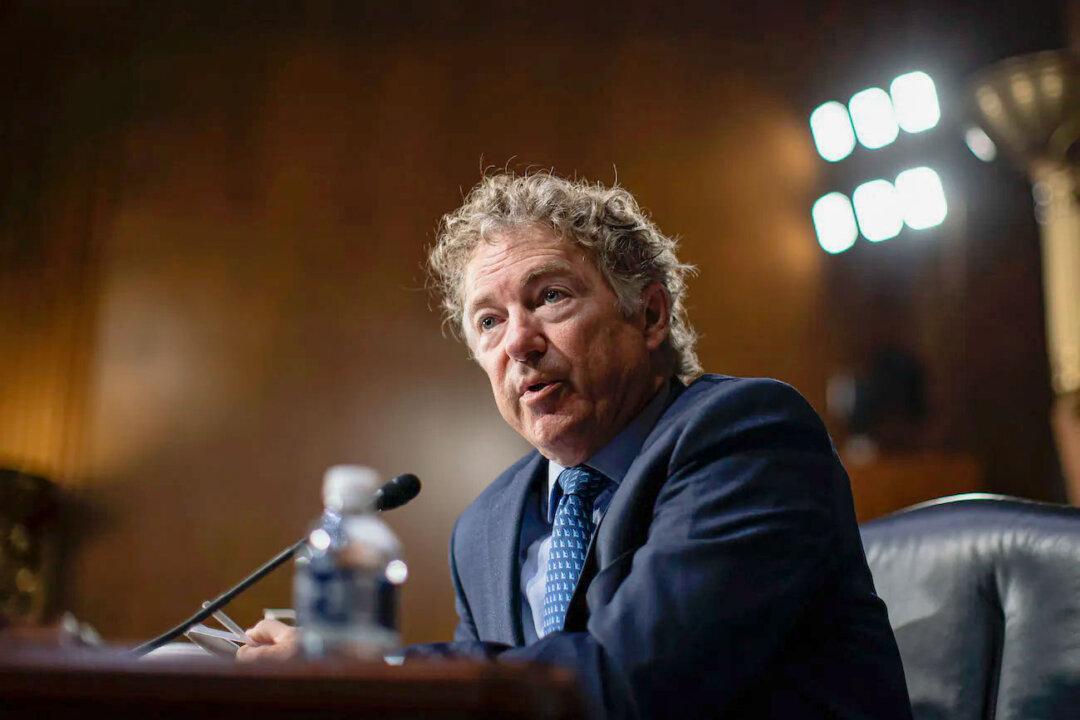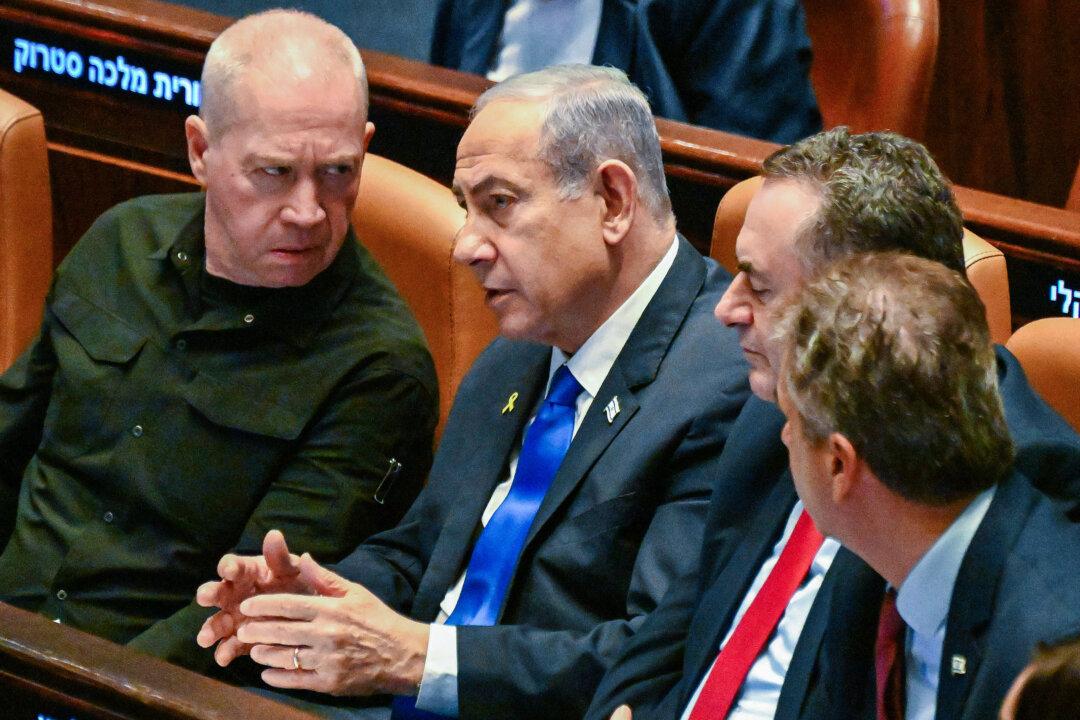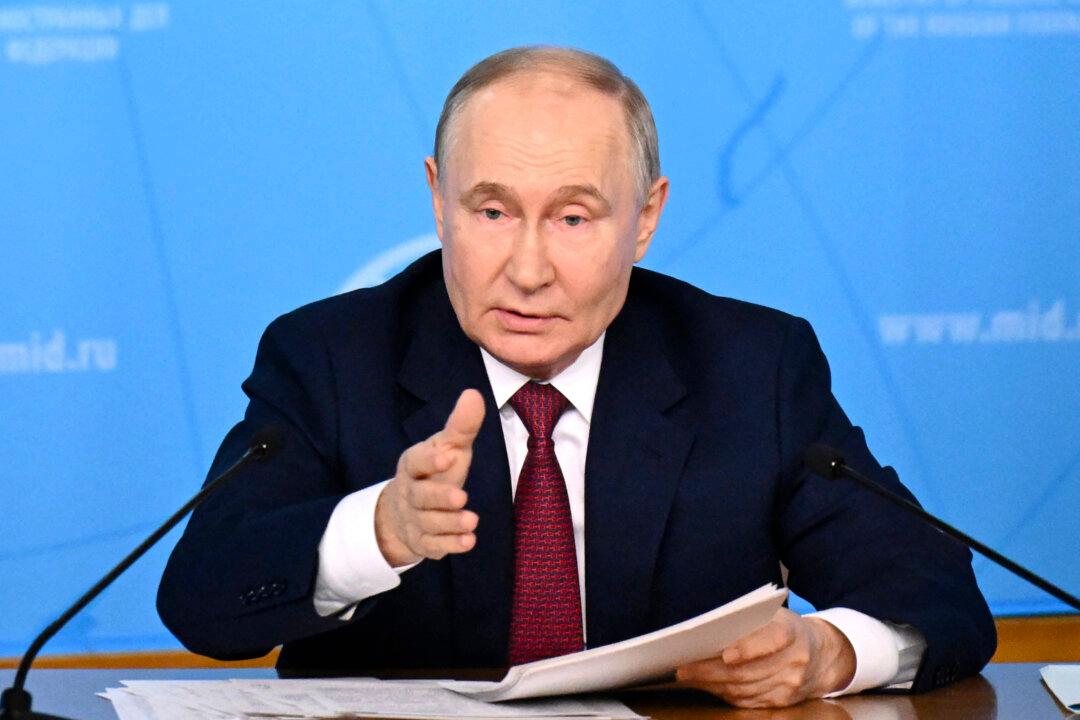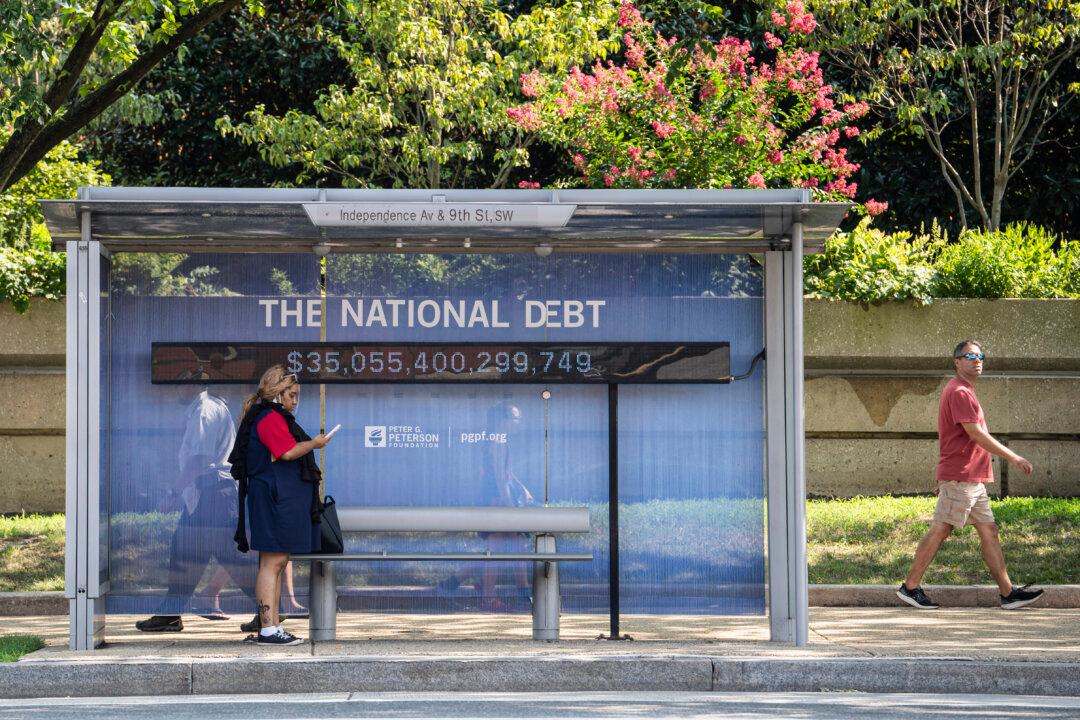The Hudson River tunnel project that’s part of the Gateway program will receive $6.9 billion in federal money, Biden administration officials have announced.
“This is the largest ever transportation grant by the federal government,” Mr. Schumer told reporters at a news conference in Manhattan.
The money will be used to revitalize and expand the Northeast Rail Corridor as part of the Hudson River Tunnel project. Specifically, it will upgrade the existing North River tunnel that runs under the Hudson river between New York and New Jersey. It will also construct a new two-track tunnel from the Bergen Palisades in New Jersey to Manhattan, with direct access to New York Penn Station.
“Today, we are proud to announce that the Hudson River Tunnel project is entering the Engineering phase, moving us a huge step closer to finally revitalizing and expanding this century-old piece of American infrastructure,” Transportation Secretary Pete Buttigieg said in a statement, in which he said that closures of the North River tunnel impact not just the Northeast Corridor but “the entire country.”
The North River tunnel has been repaired frequently but its age and condition are a reliability concern for the hundreds of thousands of commuters traveling through the tunnel every weekday, according to the Federal Transit Administration (FTA).
The agency estimated that a single day of closure of the tunnel would cost over $100 million as it impacts a region that affects over 20 percent of the country’s economy.
“FTA is proud to invest in the Hudson River Tunnel, through the CIG program, so these rails can continue to carry millions of people and billions of dollars that help define our country’s economy every year,” FTA Administrator Nuria Fernandez said in a statement.
The billions earmarked for the project represent the largest ever grant from the FTA’s Capital Investments Grants (CIG) program and are a major push forward for the Gateway program after years of stalled efforts.
The grant program funds capital investments in heavy rail, commuter rail, light rail, streetcars, and bus rapid transit.
The FTA said that once the project launches, it is expected to create over 72,000 jobs in the region.
As part of the construction, the project will also create nearly 5,000 new affordable housing units in the nearby Hudson Yards.
The funding commitment from the FTA for the Hudson River Tunnel project will amount to $6.9 billion, while the cost of the overall Gateway program is around $17.2 billion.
Former President Donald Trump opposed the Gateway project, arguing that it wasn’t a priority for the federal government to fund and that the two states—New York and New Jersey—should bear more of the cost.
More Details
The Hudson Tunnel project will renovate the 1910 tunnel that carries around 200,000 weekday passengers beneath the Hudson between New Jersey and Manhattan, which now runs at full capacity, resulting in bottlenecks and delays.The existing tunnel faces problems due to seawater flooding from Superstorm Sandy in 2012 that damaged concrete, steel, tracks, signaling, and electrical components.
The funding allocation will revamp the old North River tunnel and build a new two-track one beneath the Palisades, the Hudson River, and the waterfront area in Manhattan.
Some of the grant money will also be used to construct a new surface alignment from Secaucus to the new tunnel entry point in North Bergen, build ventilation shafts and fan plants in New Jersey and New York, and make track modifications near Penn Station.
“When the project is done, the redundant capacity provided by a second tunnel will mean fewer delays and less risk for catastrophic disruption,” the White House said in the fact sheet.
Overall, the Biden-backed infrastructure law makes a $66 billion investment in rail projects across the country.
The White House said that 2023 is a year in which major rail projects along the 450-mile Northeast Corridor will receive their first “significant funding” in years.





